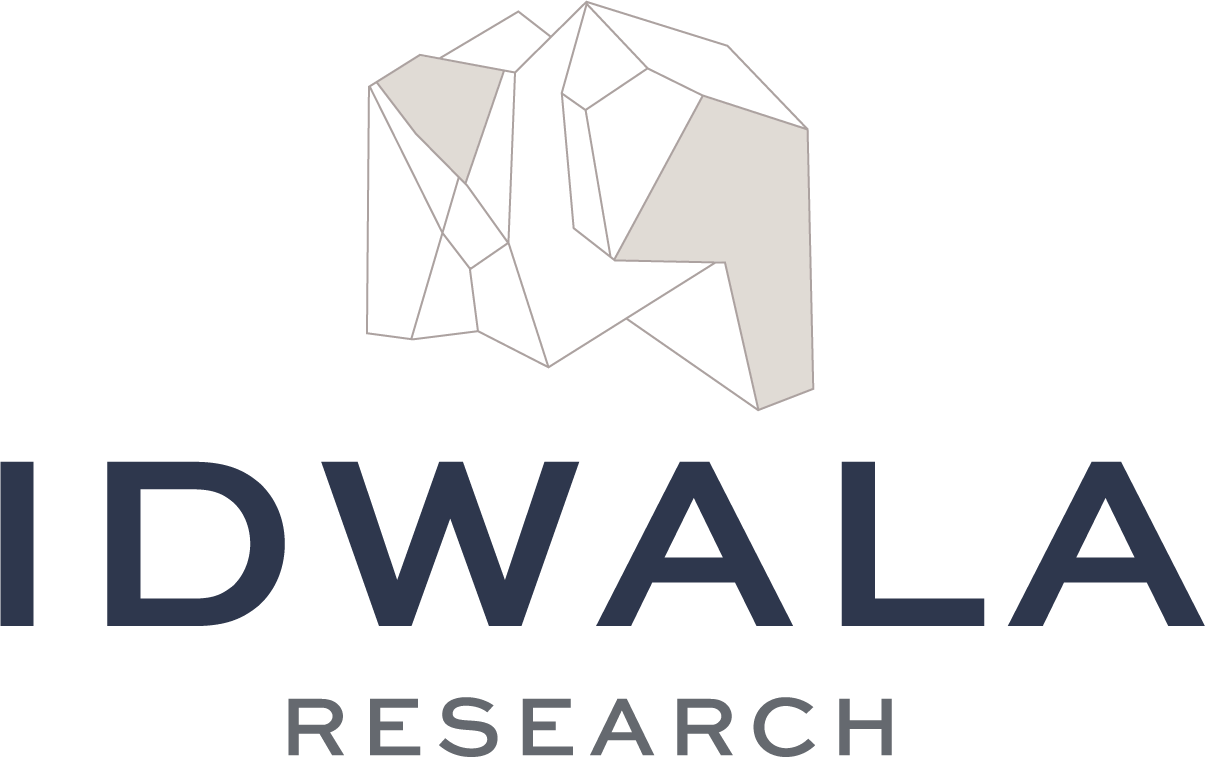Smoore's Valuation Shows Strong THR Appetite

Smoore's listing in Hong Kong earlier this month ought to provide a substantial incentive for increased investment in reduced-risk nicotine products and, ultimately, accelerated tobacco harm reduction.
It not only highlights a multi-billion opportunity for entrepreneurs, but also serves to remind the tobacco industry of the need to "get THR right". Successful transformation holds potentially significant valuation upside for tobacco companies but, equally, slow progress risks accelerated slowdown in revenues and further downward pressure on valuation.
Smoore International Holdings listed on the Hong Kong Stock Exchange on 10 July 2020 after raising c.US$920m of new equity at HK$12.4, valuing the company at US$9.2bn. The IPO was more than 30x oversubscribed, and on the first day of trading, the shares closed at HK$26.85, more than double the offer price. On 27 July, Smoore closed at HK$42.2, giving it a market capitalisation of US$31.3bn, nearly double that of Imperial Brands and in line with Japan Tobacco.

Substantial white space remains
Smoore is the world's largest vaping device manufacturer with 2019 revenue of 2.5x its nearest competitor, albeit with a revenue segment share of only 16.5% of a highly fragmented market. The top five players accounted for just 30.5% of the industry's revenue in 2019.

More importantly, the e-vapour category still accounted for a rather modest 4% of the close-to $900bn that consumers spent globally on tobacco and nicotine products in 2019. This means that every 0.1% of displaced cigarette expenditure represents a revenue opportunity of nearly $800m p.a.

Smoore's valuation shows there is significant investor appetite for THR
Events over the recent past might have led one to conclude that investors would be reluctant to invest in reduced-harm nicotine products. These include significant writedowns in the valuation of JUUL, apparent wilful miscommunication by health authorities around the 2019 EVALI crisis in the US resulting in substantial revenue declines, threats posed by the onerous PMTA process to independent players, bans and attempted product and flavour bans - the list goes on. On top of that, a high degree of fragmentation in the vaping industry might have lead one to believe that margin potential was modest at best.
The success of the Smoore listing suggests otherwise, even after taking account its rather limited free-float (less than 20%). Trading on 29x 2019 sales and 97x 2019 adjusted net profit implies a high degree of investor optimism over the outlook for the stock, which is likely driven by:
- Smoore has more than doubled its revenue each year over the past three (121% CAGR) and its expansion plans suggest an increase in production capacity of 13-27% p.a. over the next five years.
- It is by far the largest global vaping device manufacturer, albeit in a fragmented market.
- It's FEELM ceramic heating technology is sought after and widely used in the industry. Customers include Japan Tobacco, British American Tobacco, Reynolds Asia-Pacific, RELX and NJOY.
- Attractive margins. In 2019, Smoore delivered an operating margin of 34% (up from 15.6% in 2017), which is substantial given the company's high growth topline growth and bearing in mind it operates in a high fragmented category. In 2019 BAT and PMI reported adjusted operating margins of 43.1% and 39.5% respectively.
- Research and development. Smoore spent 3.6% of sales on R&D in 2019 and averaged 3.5% of the past three years. By contrast, the tobacco industry spends less than 1.5%, on average, albeit significantly larger amounts in US$ terms.
- The company may well be viewed as an ESG friendly, pure-play NGP vehicle.
Get THR Right
Smoore's high valuation represents somewhat of a double-edged sword for the tobacco industry. On the one hand, it shows that substantial upside can be achieved by accelerating its transformation towards, ultimately, 100% reduced risk products. It also shows that industry fragmentation does not have to be a barrier to high margins when you have desirable products.
The downside of not delivering on transformation is clearly illustrated by Imperial Brands. Smoore has a market value that is nearly 2x that of Imperial Brands, yet in 2019, Imperial generated revenues that were 9x that of Smoore.
At 4% of 2019 net revenues, Imperial's Next Generation Products segment's contribution was at the low end of its tobacco peer group and this percentage is expected to decline in 2020. Trading on a 2021 P/E of 6x, based on consensus estimates, Imperial is also the cheapest of its peer group and there appears to be a positive correlation between the contribution to sales from reduced-risk products and P/E multiples within the tobacco sector.

